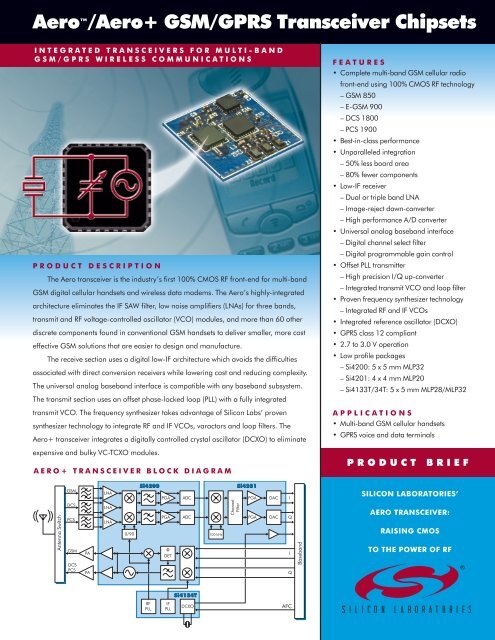
- #DIGIKEY PARALLEL TO SERIAL CONVERTER CODE#
- #DIGIKEY PARALLEL TO SERIAL CONVERTER SERIES#
- #DIGIKEY PARALLEL TO SERIAL CONVERTER SIMULATOR#
#DIGIKEY PARALLEL TO SERIAL CONVERTER SERIES#
Ideally, for reliability and lighting consistency, it would be best to have one strip of LEDs all wired in series to a constant current driver. Generally speaking, most LED lighting uses a series-parallel combination. Series components have the same current through them but fluctuating voltages. Parallel components have the same voltage across them but fluctuating currents. As you can see there is a drastic difference in the voltage and current needed to operate each of these circuits. Below you will see two circuits using five LEDs 160-1445-1-ND. If you want to freeze the input use a synchronized clock enable.How a circuit is wired will determine the voltage and current needed to properly operate the circuit. I also strongly advise you rethink how you design stuff this was done in order to "freeze" the parallel, this would never get past a design review with me working at the same company. But adding the delays will ensure that nothing funny is going on with those "clocks" (a.k.a.
#DIGIKEY PARALLEL TO SERIAL CONVERTER SIMULATOR#
In the case of using counter generated clocks I would strongly recommend adding delays to all the counter outputs to emulate the actual hardware and to prevent the simulator from lying to you if there is some delta time race condition (I've seen this happen before, but that was a long time ago when RTL simulation was in it's infancy). If you are absolutely sure you've supplied the correct vectors to your design in the simulation testbench, now you should make sure the design is doing exactly what you want. IMO they should go back and teach schematic based circuit design in school, then teach HDLs by direct translation of schematics to HDL.Ĭlick to expand.Of course you don't get results, because you are using the "I'll just randomly try this and see if it works" debug methodology.įirst carefully check the simulation and the TEST VECTORS you are using. Basically there is only a single instance of the shift register hooked up to all the outputs.Ĭreate a single instance of a SIPO register then instantiate that 7 times using a for loop (if you have to use a for loop per the assignment's requirements).
#DIGIKEY PARALLEL TO SERIAL CONVERTER CODE#
Later code connects the S output bus to all of the parallel outputs. Do you want seven 8-bit serial-to-parallel converters? Is it okay for the parallel output to change while shifting or should it keep the last valid parallel output until you shift in the next parallel output? Right now you have only a single Din that connects to only a single SIPO shift register. I'm not even sure you understand the problem statement you were given as an assignment. To measure time you need to have a counter and look at the value of the counter to determine when you're done. That can't be represented in hardware as a loop. You were trying to use the for loop to create a "timeline" for how long you shift. If you want a shift register you think of the equivalent schematic design. Think of how the circuit needs to be hooked up. # Error: COMP96_0018: SIPO.vhd : (28, 14): Identifier expectedįorget everything you know about C when writing HDL. Here are the errors encountered while simulating sipo codes:

NotQ <= not (Din ) end if end process end Dff NotQ : out STD_LOGIC ) end Dff architecture Dff of Dff is begin process (clk ,Din ) begin if (rising_edge (clk ) ) then Q : out STD_LOGIC ) end component signal s : std_logic_vector ( 7 downto 0 ) begin Q : out STD_LOGIC_VECTOR ( 7 downto 0 ) ) end SIPO architecture SIPO of SIPO is component Dff is port (ĭin (i ) : in STD_LOGIC_VECTOR ( N - 1 downto 0 ) all entity SIPO is generic (N : integer := 6 ) port (ĭin : in STD_LOGIC_VECTOR (N - 1 downto 0 )


 0 kommentar(er)
0 kommentar(er)
